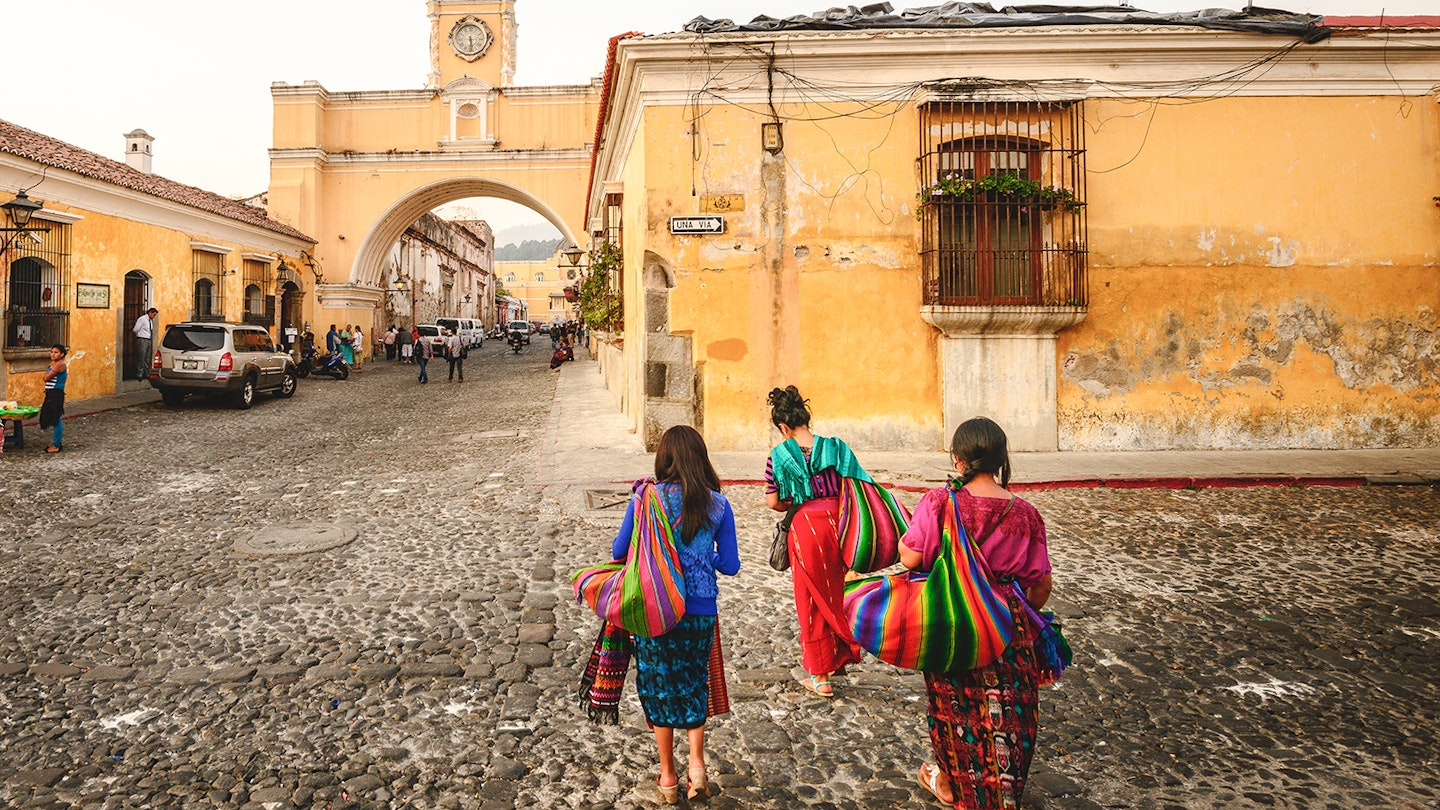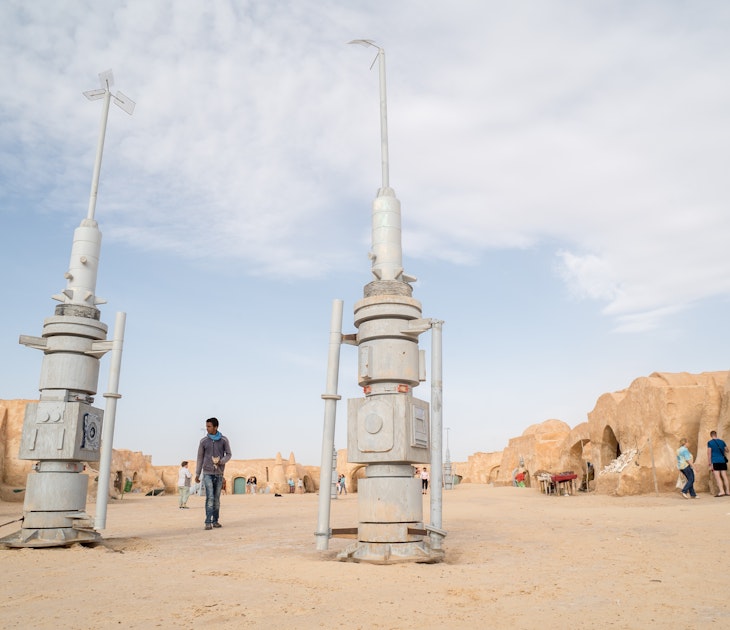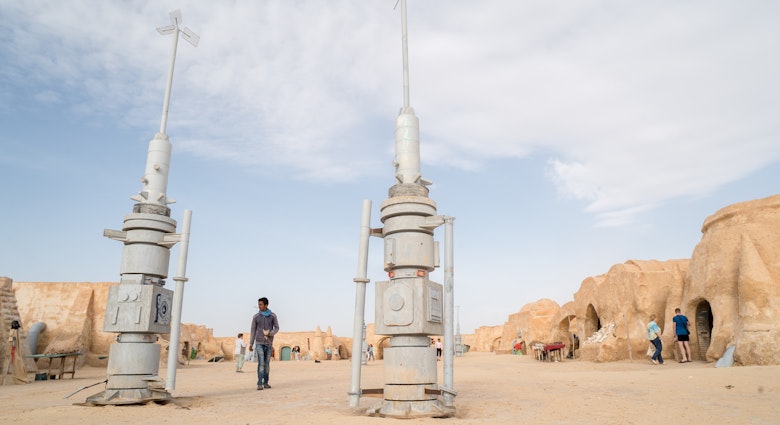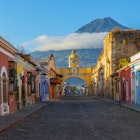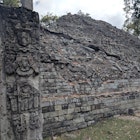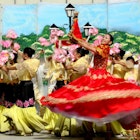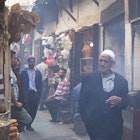Guatemala lives in technicolor. Everywhere you go, the vibrant indigos, reds, greens and yellows harken to a history that transcends time and remains very much alive today. One of the last strongholds of the Maya civilization, Guatemala is still home to traditions that date back thousands of years.
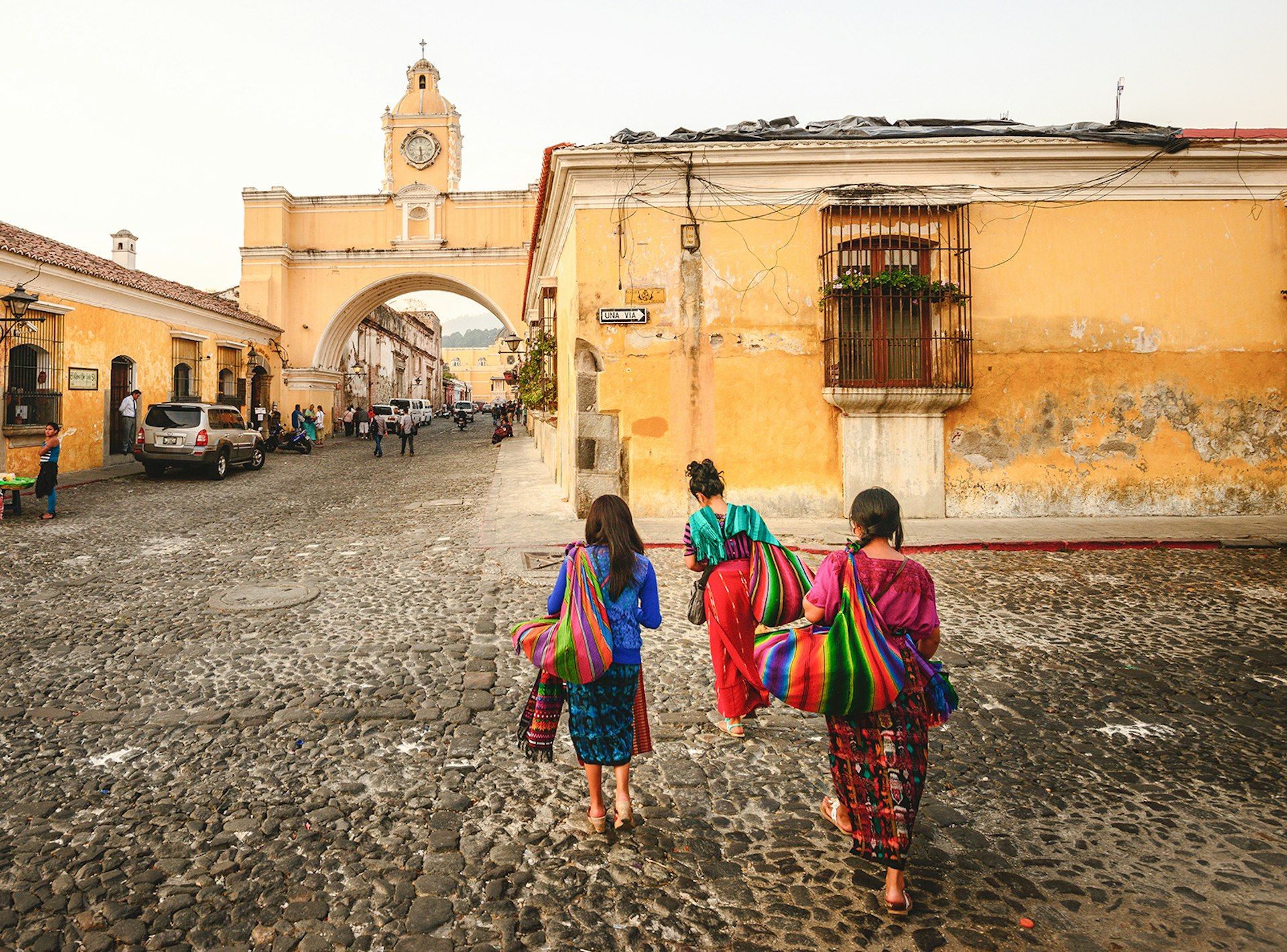
In the highlands, you encounter shamans that keep count of the ancient calendar and maintain practices originally held by Maya kings. Atop sacred ruins in places like Tikal, you will experience first-hand the height of Maya culture, while other historic sites show evidence of colonialism, war, multiculturalism, religious syncretism, revolutions, and renewed hope for peace and prosperity.
Guatemala's multiculturalism
There was never a Maya Empire or completely homogenous culture. Rather, this history is one of rising and falling city states, with influences from neighboring power centers often affecting commerce, language and community. There are 21 distinct Maya languages spoken today in Guatemala, as well as two non-related languages spoken largely on the Caribbean Coast. This diverse linguistic history no doubt originates from local culture rather than national hegemony.
Head to the world-renowned markets in places like Chichicastenango or Sololá and you will see this rich cultural tapestry first hand; if you have a good guide or local to take you through the market, they can point out where certain huipil styles, textiles, carvings and ceramics come from. You will see Maya shamans burning incense in the front of Chichicastanango's Iglesia de Santo Tomás, while church-goers inside light candles to honor the Catholic saints. This syncretism and multiculturalism is widespread throughout Guatemala, but the nation has long experienced the push-and-pull between the largely marginalized indigenous majority and the generally wealthier, more powerful class of European heritage.
Getting started in Guatemala City
The fact that the oldest surviving book from the Americas is currently housed in a German museum plays testament to a post-colonial history of European domination. But fear not – the intact threads of Guatemala’s extensively long history are found everywhere in the lively capital city.
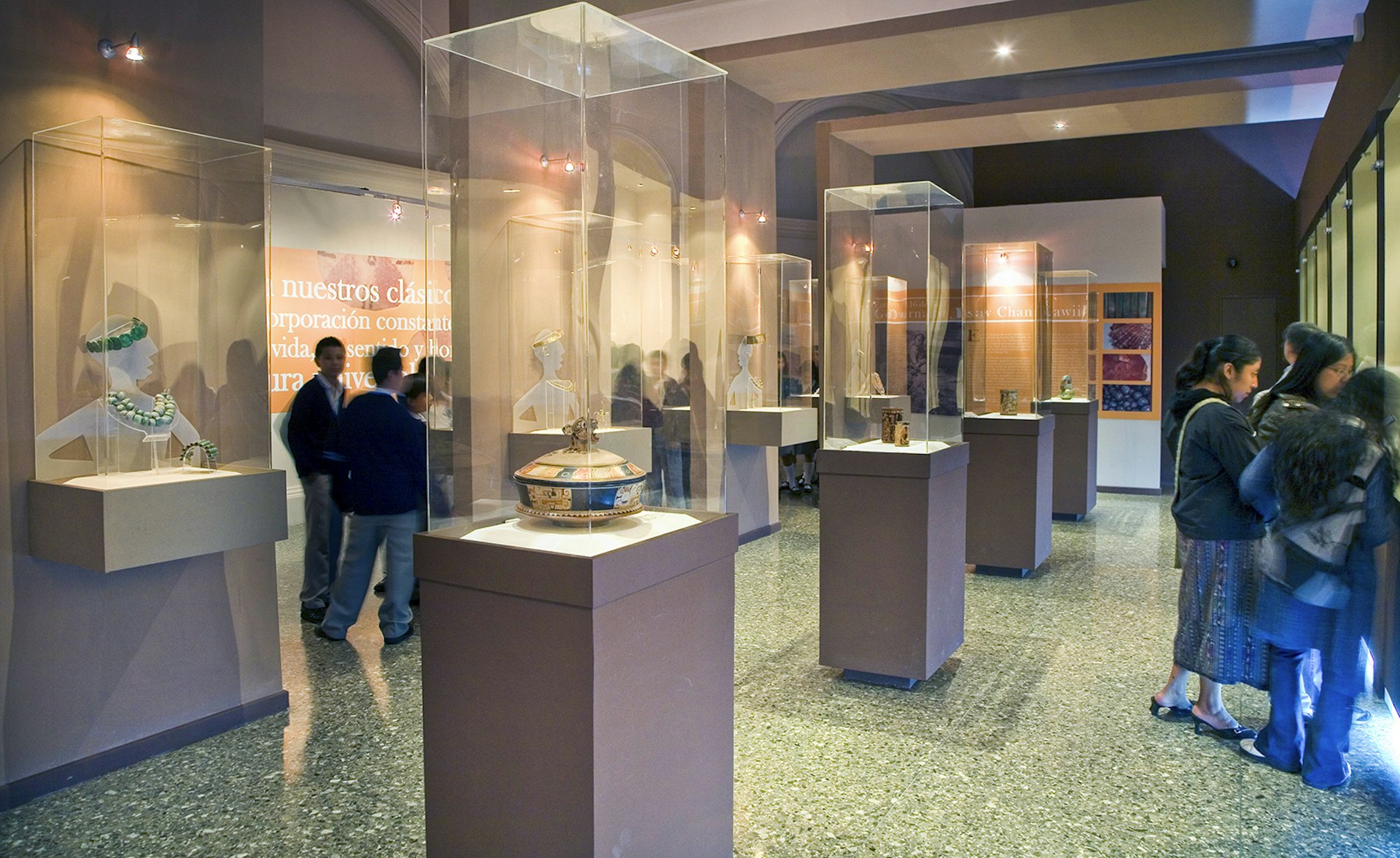
Begin with a wander through the National Archaeology and Ethnology Museum, a comprehensive exhibit that displays a tremendous collection of stone sculptures. At the Museo Popol Vuh you can find a copy of the Dresden Codex, one of the most famous Maya written works, as well as extended history of other sacred texts that recount Maya mythology. Interesting fact: the museum gets its namesake from the Popol Vuh, a sacred text written between 1000-1500AD by the K’iche’ people of the highlands that recounts the Maya creation myth; according to its legend, men were created from corn.
After sampling traditional Maya fare at top-choice La Concina de Señora Pu, take an afternoon to explore the markets and other interesting museums and historic buildings of the downtown area. Here you will find rich cultural expressions of Guatemala’s past in the unique artisan goods and textiles on offer.
History in the hills
Ancient history also reveals itself in the towering volcanoes, eye-drop lakes and beautiful scenery of the Guatemalan highlands. According to legend, the God Yegua Achi’ moved several volcanoes to the area around Lago de Atitlán to punish the village of Santiago’s patron saint for not providing him with a wife. While you’re exploring the small villages around the lake, take a second to visit Santiago, a Maya stronghold where men and women still largely dress in traditional clothes and you can see this marriage between indigenous beliefs and Catholicism first hand.
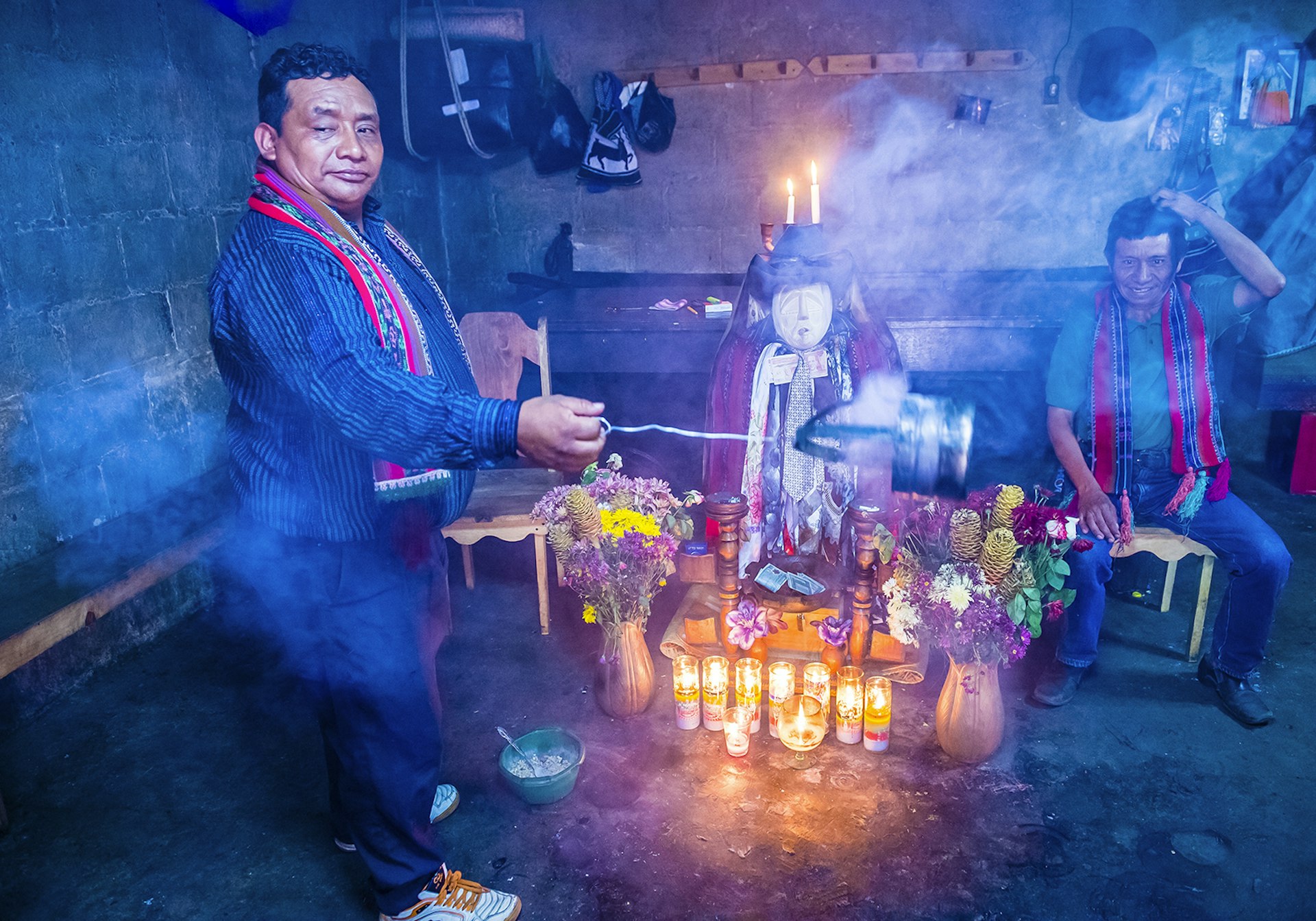
Locals here venerate Maximón (mah-shee-mohn), who represents both Catholic Saint Simon, a Maya god and Satan at the same time. Maximón is protected by local brotherhoods and changes his location every year. Ask around when you arrive in Santiago, and somebody will take you there for a small tip. Bring some rum if you plan to visit Maximón – he loves it! He also loves tobacco (but we think he should cut back). Similarly, visiting around Semana Santa (Easter Week) is a great way to take part in the rites that extend across religions.
Tikal and Maya prosperity: Pre-Classic and Classic Period
The pre-classic period of Guatemalan history runs from 2000BC to 250AD and marks the ascendancy of the Maya culture. It’s during this period that the Maya began to build ceremonial platforms and large plazas, several of which still stand today. You can visit Maya archaeological sites across the country and in neighboring countries like Mexico, Honduras and Belize. Copán in Honduras was one of the earliest major Maya settlements, and a visit to its low-slung pyramids and hieroglyphic stairway make for an interesting side trip, easily achieved on your way from the capital to Tikal.
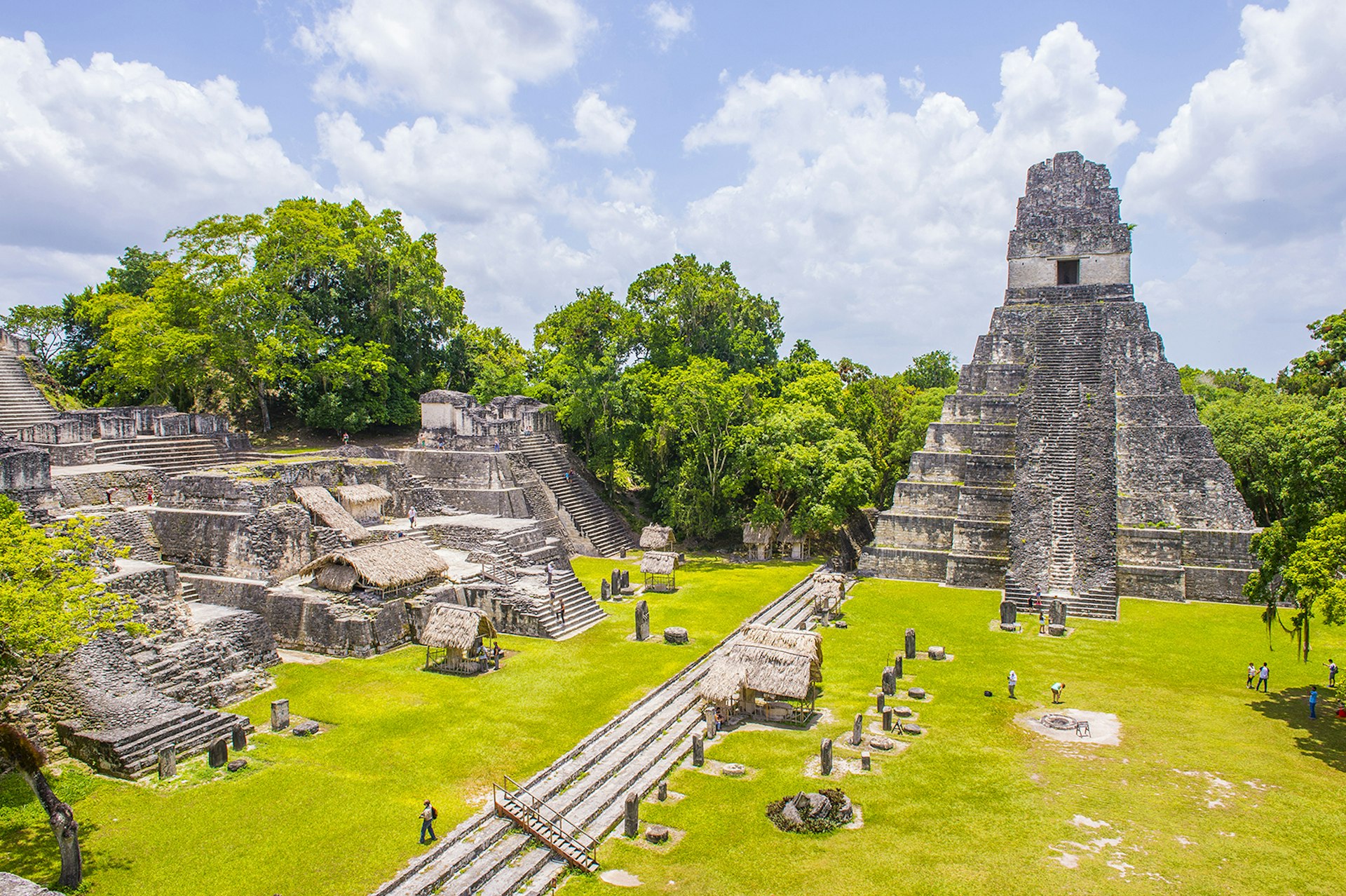
El Petén is the best spot to connect with the monumental architecture that really took off during the Classic Period, and it's here you'll find Guatemala's number one archaeological attraction, Tikal. Get up early and go with a guide to learn about the fascinating cultural expressions that accompanied the rise of this civilization. This is the era that brought about advanced math, architecture, language, commerce, art, and a highly ritualized life that included human sacrifice.
In your exploration of the Classic Period, it’s really a shame to miss some of the lesser-known archaeological sites of El Petén. Consider going further afield with visits to Uaxactún, Río Azul, El Perú, Yaxhá, Dos Pilas and Piedras Negras while you are here. Traveling down dusty roads in the Guatemalan countryside, you will have the opportunity to connect with rural villagers that maintain many of the traditions and beliefs that originated in this bygone era.
The fall of the Maya city states: Post-Classic period
There are plenty of theories concerning the demise of the great Maya city states. Most serious historians point toward prolonged droughts in the 8th and 9th centuries, though some imaginative people say the Maya simply went back to their spaceships. Look at the carved stelae at Quiriguá in southern Guatemala and you might just think this is possible. Local geology had a hand in preserving the amazing stelae here – made of hard sandstone bedrock, these stelae preserve much of the intricate carvings first etched 1000 years ago. Unlike other stone monoliths that have crumbled or sheared away, these remain largely intact.
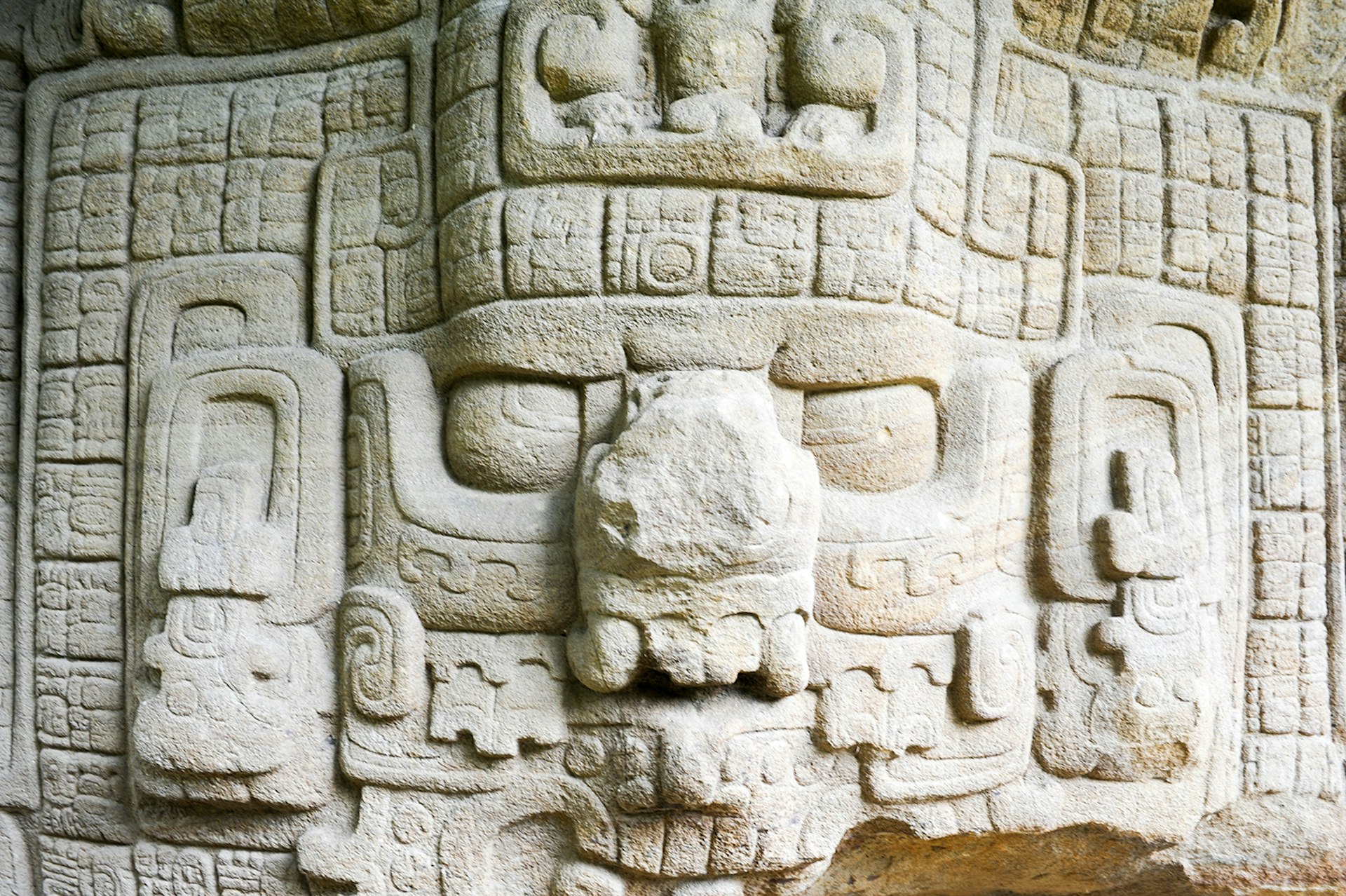
No matter how you look at it, this was a period of migration and decline. You can still find some remnants of this era – marked by Toltec migrations from modern-day Mexico, changing religious beliefs and increased bellicosity – near Huehuetenango, Santiago Atitlán and Guatemala City. These sites lack the monumental grandeur found in Classic sites like Tikal; they were designed as fortresses rather than ceremonial centers, indicating a world with limited resources and highlighting new influences from war-like cultures coming from the North.
The Spanish conquest and colonialism
The conquest was an overwhelmingly tragic event for the indigenous populations of Guatemala – people perished in the thousands. Spanish Conquistador Pedro de Alvarado did most of the early conquistadoring here, with notable battles near present-day Quetzaltenango (or Xela). Explore the gothic-feeling colonial city, chat with energetic young students, or study Spanish in one of the well-known local schools.
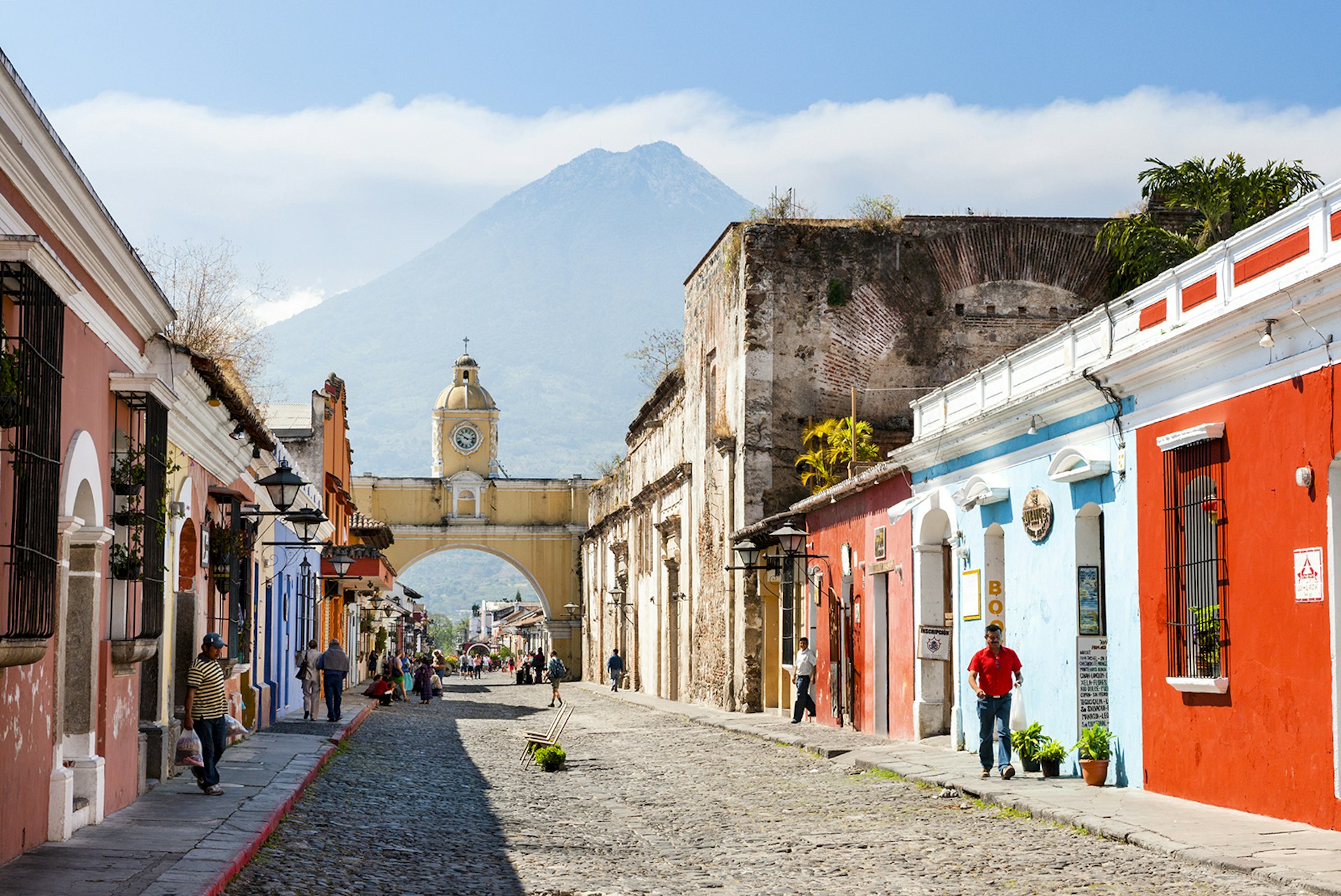
The best-preserved remnants of colonial excess, however, are found in the cobblestone village of Antigua. Surrounded by mountains – no doubt moved to their current location by some Maya god – Antigua is as atmospheric a place as you could ever imagine. Wander through the streets, dine at world-class restaurants like Meson Panza Verde or stay the night in a colonial-era boutique hotel. During the day, you can explore the numerous churches, convents and ruins that make this town an open-air museum.
Revolutions and scorched earth
Sadly, violence in Guatemala did not end with the Spanish conquest. Its more recent history has been scarred by battles for independence, political instability, numerous coups, and a devastating civil war that began in the 1960s and lasted almost four decades.
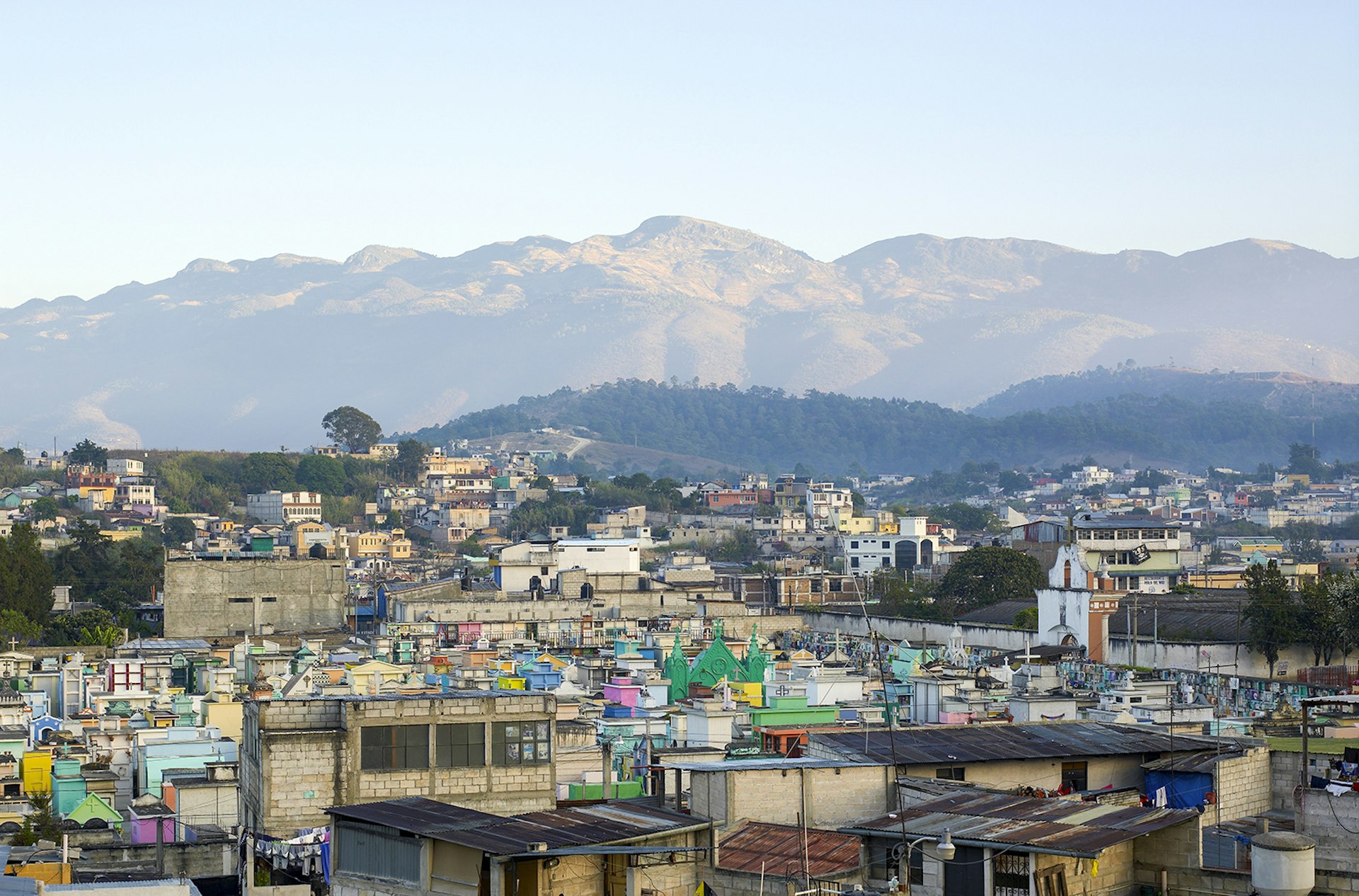
One of the best spots to connect with the civil war's revolutionary roots is the Western Highlands; small villages like Huehuetenango and Todos Santos Cuchumatán saw much of the violence that took place in the '60s, ‘70s and '80s. If you have the time, arrange for a guided trek from Todos Santos to Nebaj. Along the way you can learn more about this dark period in Guatemala’s history and better understand the pressures and forces that made it happen.
While peace processes in the 1990s ended some of the most serious violence in Guatemala, its impact can be seen today. In the end, not all history is beautiful, but it should, at the very least, teach us something.
